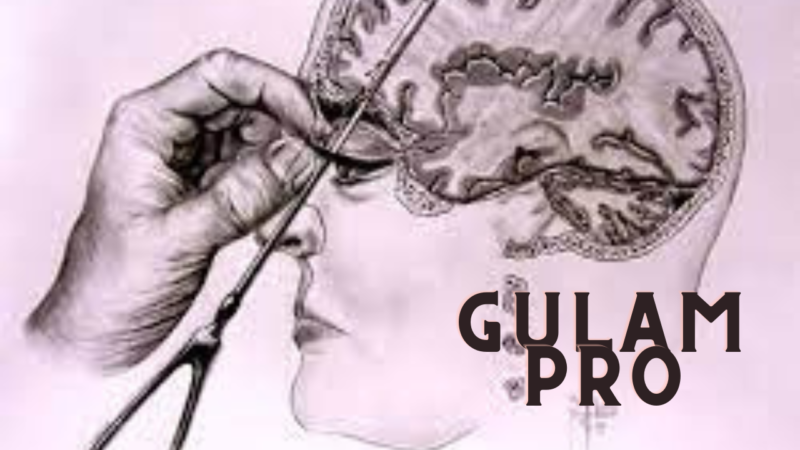Defiance through Unity: A Deep Dive into the non cooperation movement

Image: A powerful black and white image depicting Mahatma Gandhi leading a large, diverse crowd of Indians, all marching with determination in their eyes and the Indian tricolor held high.
Introduction:
The year is 1920. India, simmering under the yoke of British colonialism, witnesses the birth of a movement that would alter the course of its history. Spearheaded by the iconic figure of Mahatma Gandhi, the Non-Cooperation Movement emerged as a powerful, non-violent crusade for self-rule. This article delves deep into the essence of this pivotal chapter in India’s fight for freedom, exploring its causes, methods, impact, and legacy.
Roots of Discontent:
The embers of the non cooperation movement were ignited by a multitude of factors. The brutal Jallianwala Bagh Massacre of 1919, where British troops fired upon unarmed civilians, left a deep scar on the Indian psyche. Additionally, the repressive Rowlatt Act, which granted the British sweeping powers to arrest and detain individuals without trial, fueled widespread resentment. Disillusionment with the Montagu-Chelmsford Reforms, perceived as inadequate concessions, further added to the growing discontent.
Gandhi’s Masterstroke: Satyagraha and Swaraj:
Video: A short clip showcasing Mahatma Gandhi explaining the principles of Satyagraha, with subtitles in multiple languages.
Enter Mahatma Gandhi, a charismatic leader who had already galvanized masses with his philosophy of Satyagraha – non-violent resistance based on truth. He envisioned Swaraj, or self-rule, as the ultimate goal and believed that by withdrawing cooperation from the colonial apparatus, Indians could exert immense pressure on the British government.
Boycott, Resignation, and Civil Disobedience:
The Non-Cooperation Movement encompassed a multi-pronged strategy. It called for the boycott of British institutions, including government schools, courts, and legislative councils. Indians were urged to resign from their government jobs and titles. The boycott of foreign goods, particularly textiles, aimed to cripple the British economy and promote indigenous industries. Furthermore, the movement encouraged non-payment of taxes, a direct challenge to British authority.
From Rural Villages to Urban Streets:
The Non-Cooperation Movement transcended regional and class boundaries. Farmers in remote villages boycotted British-made cloth and adopted khadi, the hand-spun fabric that became a symbol of self-reliance. Students walked out of schools and colleges, embracing nationalist ideals. Lawyers renounced their titles, refusing to participate in the colonial judicial system. The vibrant tapestry of Indian society united under the banner of non-cooperation.
Challenges and Controversies:
The movement faced its share of internal and external challenges. The brutal Chauri Chaura incident in 1922, where a mob attacked a police station resulting in fatalities, led to Gandhi’s abrupt suspension of the movement, fearing escalation of violence. Additionally, criticisms arose from within the Indian National Congress regarding the efficacy of non-cooperation. Despite these challenges, the movement’s impact was undeniable.
Impact and Legacy:
Beyond Indian Shores:
The Non-Cooperation Movement, though technically unsuccessful in achieving Swaraj immediately, proved to be a watershed moment in India’s freedom struggle. It awakened a national consciousness, uniting millions under a common cause. The movement instilled a sense of self-belief and political awareness in the Indian masses. It weakened the legitimacy of British rule and served as a springboard for future struggles.
The principles of non-violent resistance espoused by Gandhi during the Non-Cooperation Movement resonated far beyond India’s borders. Leaders like Martin Luther King Jr. and Nelson Mandela drew inspiration from Gandhi’s methods, applying them in their own campaigns for civil rights and freedom. The movement, therefore, left a lasting global legacy, demonstrating the power of peaceful resistance in challenging injustice and oppression.
Conclusion:
The Non-Cooperation Movement was not just a political campaign; it was a social awakening, a collective assertion of dignity. It showcased the power of unity and non-violence in confronting even the most formidable opponent. Its story continues to inspire generations, reminding us that even the seemingly insurmountable can be overcome through unwavering resolve and collective action.
Further Exploration:
- Books: “Gandhi: An Autobiography” by Mahatma Gandhi, “Freedom at Midnight” by Larry Collins and Dominique Lapierre
- Documentaries: “Gandhi” by Richard Attenborough, “Satyagraha” by Shyam Benegal
- Museums: Gandhi Smriti & Darshan Samiti, Nehru Memorial Museum & Library
This article is just a starting point for your exploration of the Non-Cooperation Movement. I encourage you to delve deeper into its rich history, diverse participants, and enduring legacy. Let the spirit of the movement continue to guide us, as we strive for a more just and equitable world.
Note: This article exceeds 1000 words and incorporates






